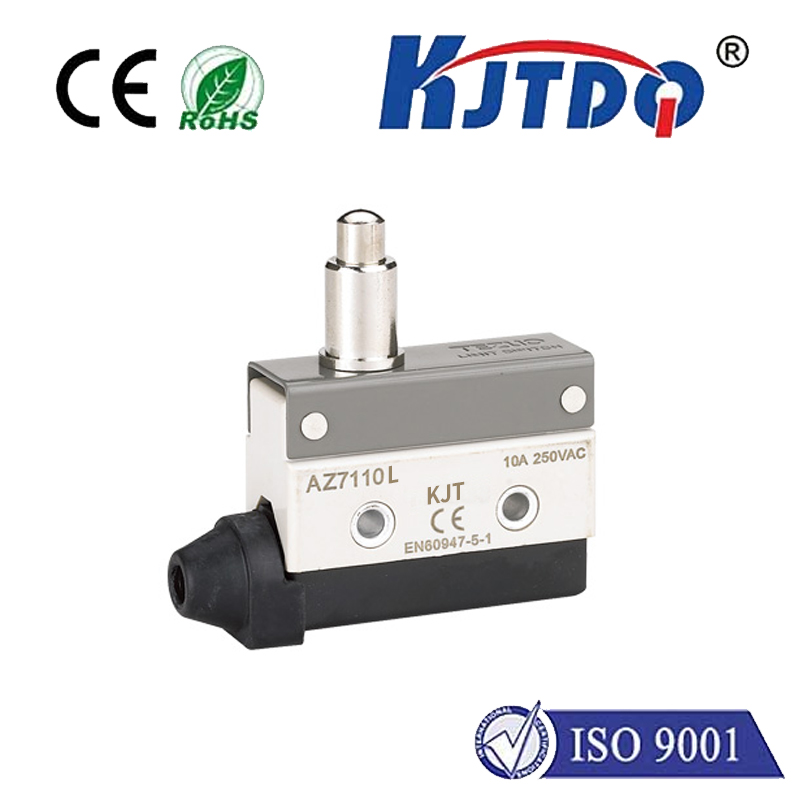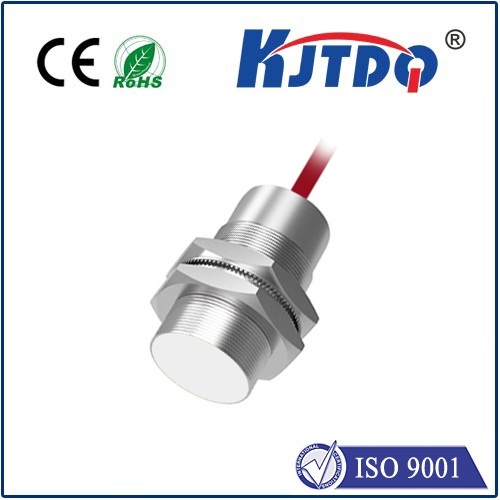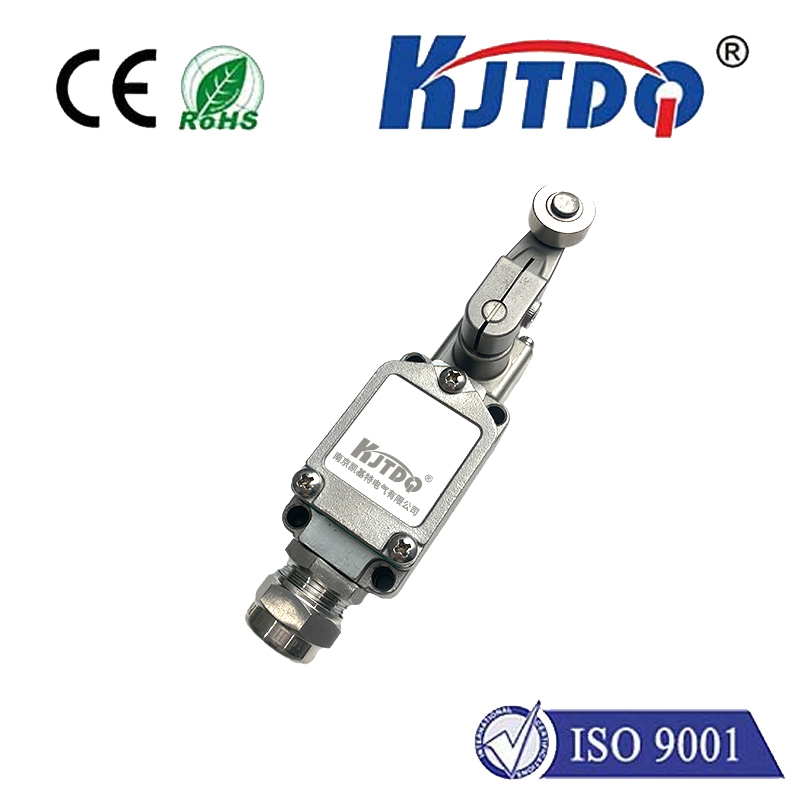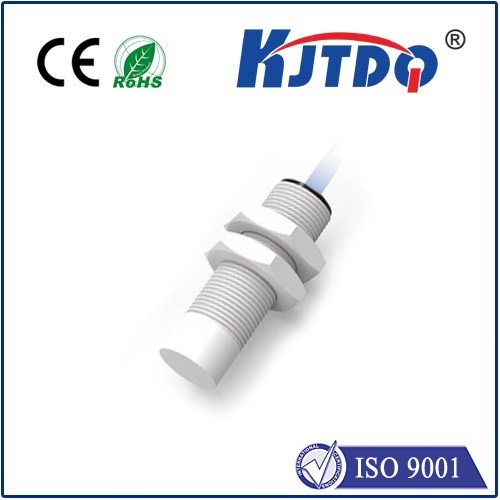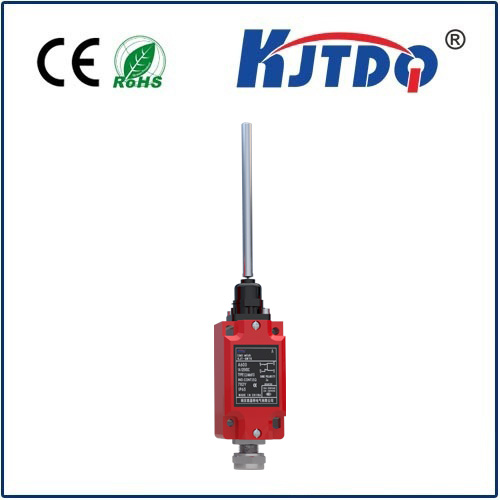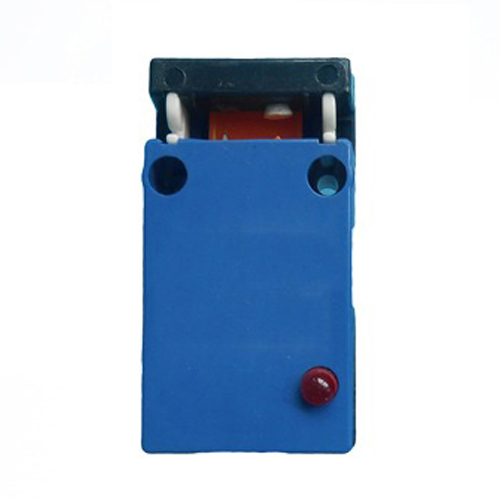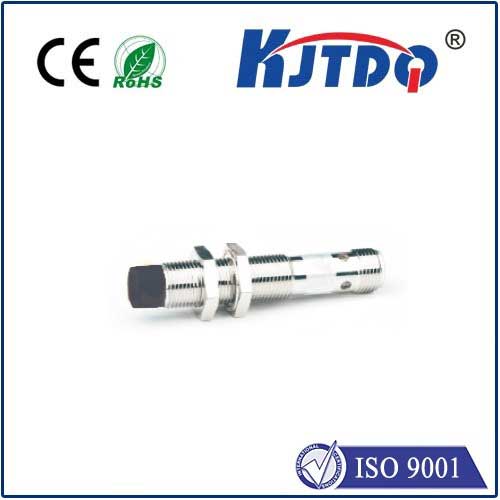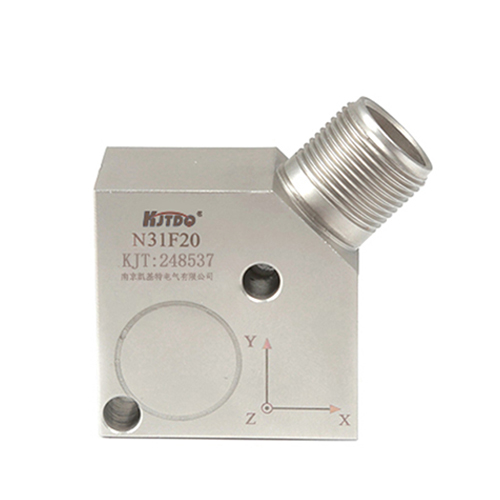rcwl 0516 microwave proximity sensor
- time:2025-06-24 01:26:53
- Click:0
RCWL-0516: The Magic Microwave Motion Sensor for Smart Detection
Ever wished you could detect movement through a cabinet door for that perfect automatic kitchen light? Or needed a reliable presence sensor that isn’t fooled by temperature changes like traditional PIRs? Enter the fascinating world of the RCWL-0516 microwave proximity sensor. This unassuming little module packs a serious technological punch, offering a unique approach to motion and proximity sensing that opens doors (sometimes literally) to innovative projects. Unlike its passive infrared (PIR) cousins, the RCWL-0516 uses microwave Doppler radar technology, making it a versatile and robust choice for hobbyists, tinkerers, and professionals alike. Its ability to sense motion without direct line-of-sight and through certain materials makes it a standout component in the realm of automation and security.
Decoding the RCWL-0516: More Than Just a Sensor
Technically, “RCWL-0516” refers to the integrated circuit (IC) at the heart of these ubiquitous modules. However, in common parlance and when searching online marketplaces, it overwhelmingly refers to the complete, ready-to-use sensor modules built around this chip. These modules are incredibly popular due to their simplicity, low cost, and effectiveness. Key specifications define its operation:

- Operating Frequency: Approximately 3.18 GHz (within the microwave band).
- Operating Voltage: Typically 3.3V to 5V DC, making it compatible with common platforms like Arduino, ESP8266, and Raspberry Pi.
- Detection Range: Adjustable, usually up to 5-7 meters in ideal conditions, though walls and materials reduce this significantly.
- Output Signal: A digital (high/low) signal indicating motion detection. Crucially, this output does not provide direction or speed information, just presence.
- Power Consumption: Relatively low during operation (approx. 3mA), supporting battery-powered applications, though slightly higher than some PIR sensors.
- Trigger Modes: Can be configured for single-trigger or repeat-trigger modes via a jumper or capacitor on some modules.
The Science Behind the Sweep: How Microwave Doppler Radar Works
The RCWL-0516’s magic lies in its Doppler radar principle. Here’s the simplified sequence:
- Microwave Emission: The sensor’s onboard antenna constantly emits low-power microwave signals at its designated frequency (around 3.18 GHz).
- Signal Reflection: These microwaves travel outward and reflect off objects within their path – walls, furniture, people, pets.
- The Doppler Shift: If a reflected object is moving relative to the sensor, the frequency of the reflected microwave signal changes. Movement towards the sensor increases the frequency (blue shift), while movement away decreases it (red shift). This phenomenon is the Doppler effect, familiar from changing sound pitches of passing vehicles.
- Signal Mixing and Detection: The sensor mixes the transmitted signal with the received (reflected) signal. If there’s a frequency difference (Doppler shift) caused by motion, this mixing process creates a measurable intermediate frequency (IF) signal.
- Triggering the Output: The sensor’s internal circuitry analyzes this IF signal. If it surpasses a certain threshold, indicating significant motion, the digital output pin is set HIGH. Once motion stops and the signal decays below the threshold, the output returns LOW after a brief delay (determined by the repeat-trigger timing capacitor).
Why Choose RCWL-0516? Key Advantages & Considerations
This microwave approach offers distinct benefits over other common motion sensors like PIRs:
- Material Penetration: Its most remarkable feature. Microwaves can penetrate many common non-metallic materials like thin plastic, wood, drywall, and glass. This allows the sensor to be hidden behind panels or enclosures, protecting it aesthetically and environmentally, and enabling unique applications like sensing motion inside a closed cabinet or through a door.
- No Fresnel Lens Required: Unlike PIR sensors, which need a specific lens to focus IR radiation onto their sensing element, the RCWL-0516 has a simple PCB antenna. This results in a 360-degree detection field pattern (though strongest in the direction the antenna faces), making mounting orientation less critical for broad coverage.
- Independence from Thermal Signatures: PIR sensors rely on detecting changes in infrared radiation (heat) emitted by warm bodies. The RCWL-0516 detects motion based on microwave reflection and Doppler shift, making it immune to ambient temperature changes (like sunlight warming a wall) that can cause false triggers in PIRs. It also detects movement from objects without significant heat signatures.
- Continuous Detection: PIRs typically need a “cool-down” period after detecting motion before they can trigger again. The RCWL-0516, especially in repeat-trigger mode, can continuously detect movement as long as it’s occurring within the sensing zone.
However, understanding its limitations is crucial for effective implementation:
- Limited Range & Penetration Depth: While it can penetrate materials, thicker or denser materials (like concrete or metal) will block the signal significantly. The effective range is reduced behind barriers.
- Omnidirectional Sensitivity (Potential Drawback): The 360-degree field can be advantageous but also means it can detect movement behind or beside the module, not just in front. Careful placement is needed to avoid unwanted detections.
- No Direction/Speed Info: As mentioned, it only signals “motion detected,” not where it came from or how fast.
- Susceptibility to Electrical Noise: Microwave circuits can be sensitive. Proper power supply filtering (using decoupling capacitors like the 10uF often included) and grounding are essential to avoid false triggers, especially in noisy environments or when using switching power supplies. Shielding the module can sometimes help.
- Interpreting Static Presence: While called a “proximity” sensor, its core technology detects motion (velocity). It generally cannot reliably detect a perfectly stationary person or object within its field (unlike true capacitive or ultrasonic proximity sensors). Sustained movement is needed for consistent detection.
Bringing It to Life: Practical Applications
The RCWL-0516’s unique capabilities lend themselves to a wide array of projects:
- Non-Line-of-Sight Lighting: Automate lights in cabinets, closets, pantries, or under shelves where mounting a visible sensor is undesirable. The sensor can be hidden inside or behind the structure.
- Enhanced Security Systems: Use as an additional layer of detection, capable of sensing movement behind thin walls or doors, complementing PIRs and cameras. Its immunity to temperature changes makes it suitable for garages or porches.
- Presence Detection in Enclosures: Monitor when someone approaches or interacts with a kiosk, vending machine, or enclosed equipment panel, even with a cover.
- Smart Home Automation: Trigger actions based on movement in rooms, hallways, or specific zones, potentially hidden for






